Dynamic Dashboard
Determine the essential metrics for your e-commerce business. Common KPIs include sales revenue, conversion rate, average order value, website traffic, and customer acquisition cost. Include conversion rate metrics to analyze the percentage of website visitors who make a purchase.
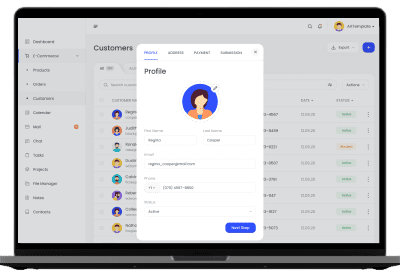
Product Management
Showcase the top-selling products and their revenue contribution. Use visual elements like images, product names, and revenue graphs to make it visually engaging. Showcase the top-selling products and their revenue contribution. Use visual elements like images, product names, and revenue graphs to make it visually engaging.
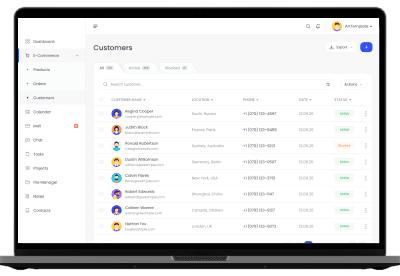
Customer Management
Display customer-related metrics such as new customers acquired, customer retention rates, and customer lifetime value. Understand your customer demographics and behavior. Include a map or geographic representation of sales to understand where your customers are located.
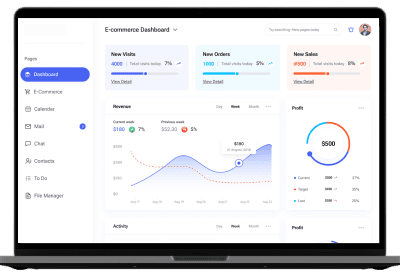
Order Management System
Integrate inventory data to monitor stock levels, popular products, and low-stock alerts. This ensures you're prepared for demand fluctuations. Include conversion rate metrics to analyze the percentage of website visitors who make a purchase. Break it down by different channels and time periods.
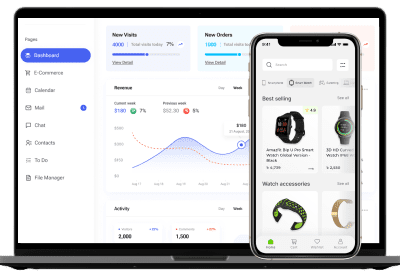
Stock Management System
Stock Management System, also known as Inventory Management System, is a crucial component for businesses involved in the buying, selling, and production of goods. It helps in tracking the flow of products in and out of a company, managing stock levels, and ensuring efficient supply chain operations.
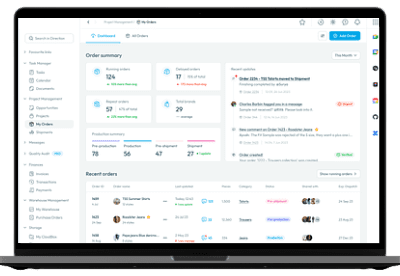
Account Management
Account management involves overseeing and maintaining relationships with customers or clients, ensuring their needs are met, and delivering value to both the customer and the business. This function is critical for building long-term customer loyalty, driving revenue growth, and sustaining a positive reputation.
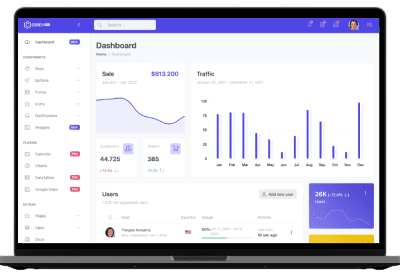
Integrate Your eCommerce Business
Integrating APIs (Application Programming Interfaces) into your e-commerce business allows different software applications to communicate and share data seamlessly. This integration enhances efficiency, automates processes, and improves the overall customer experience.
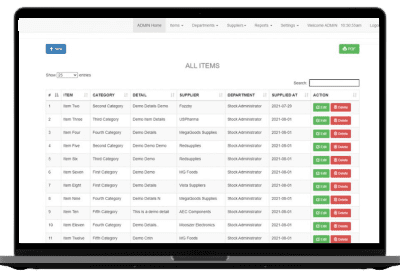
We beat eCommerce competition across all popular platforms.
We are a software development firm based in Dhaka, Bangladesh. We are working with Web Applications, Mobile Apps, UI/UX, Plugins, Extensions, and more...

WooCommerce

Shopify

Magento

OpenCart

Bigcommerce

Squarespace

Wix

Joomla
Most Popular Questions
The future of e-commerce is expected to be shaped by various technological advancements, changing consumer behaviors, and evolving market dynamics.
Our Recent E-commerce Look !
The future of e-commerce will undoubtedly be dynamic, with ongoing advancements in technology and continuous adaptation to meet the changing preferences and expectations of consumers.
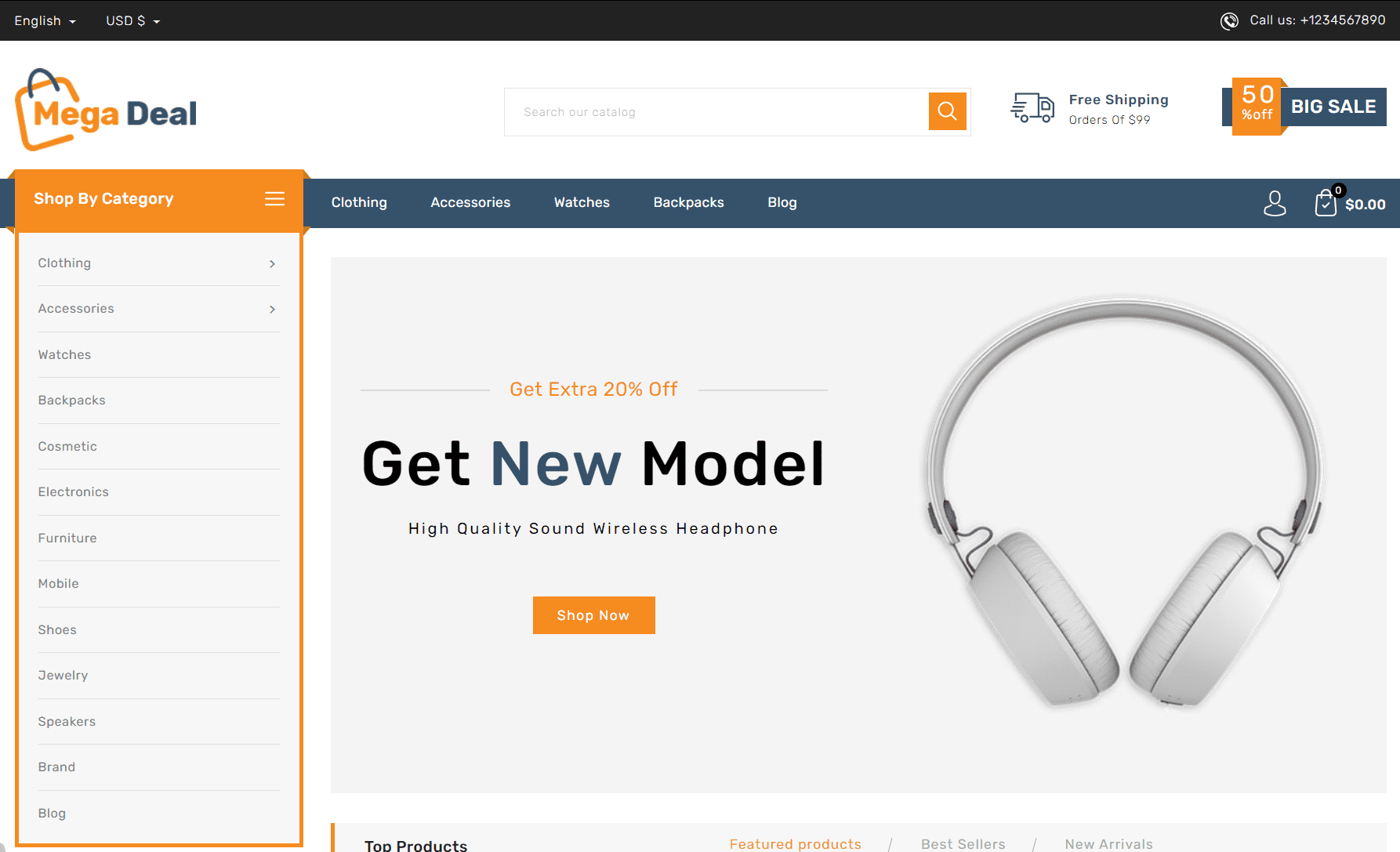


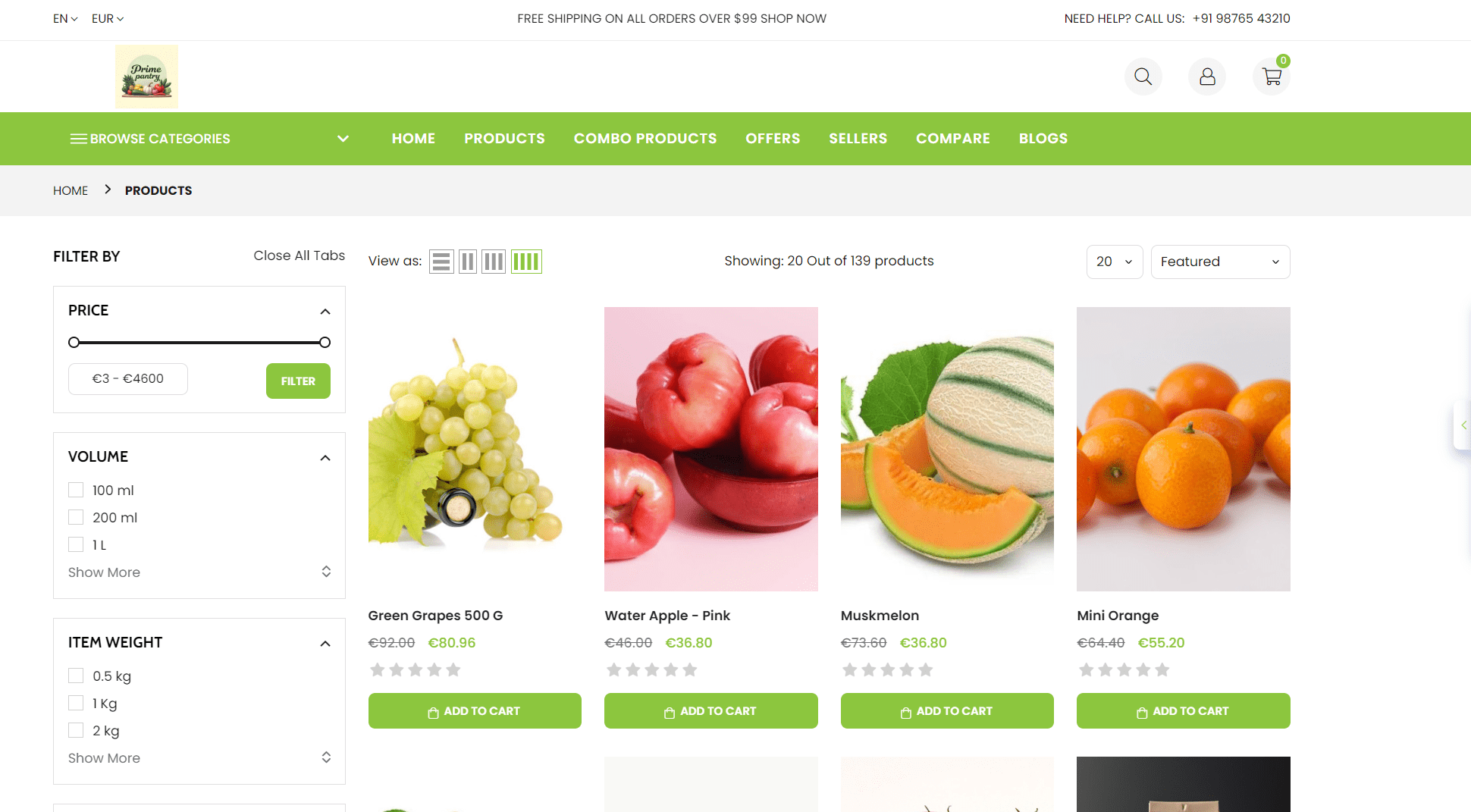
Custom Quotation
Are you looking for someone who can convert your custom idea to website or mobile apps ? then you are in the right place. just knock us, we will contact you.
Quick Response
We always try to answer within max 3 hours in official time.
Exprinced Team
Currently, 80+ Active and expirence developers working for us.
Product Support
We offer 30 days premium support and free training when you purchase from us.
Flexible Payment
You able to pay us directly by using 20+ payment gateways.
Supported By Humans
We put special emphasis on customer support. Our dedicated support team is waiting to assist you. We always try our level best to do so.
Dedicated Support Staff
Days in a Week
Hours in a Day
Avg. Daily Ticket Issued

Any Custom Idea?
Any awesome idea needs to turn into reality? or any customization needed?
See A Meeting
Facing Technical Issue?
Facing any technical dificulties with our products? Relax! We are here to assist you.
Get Support
